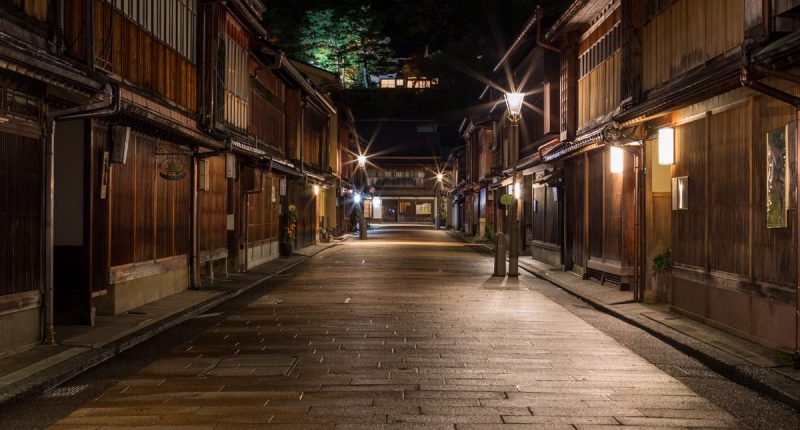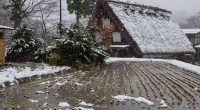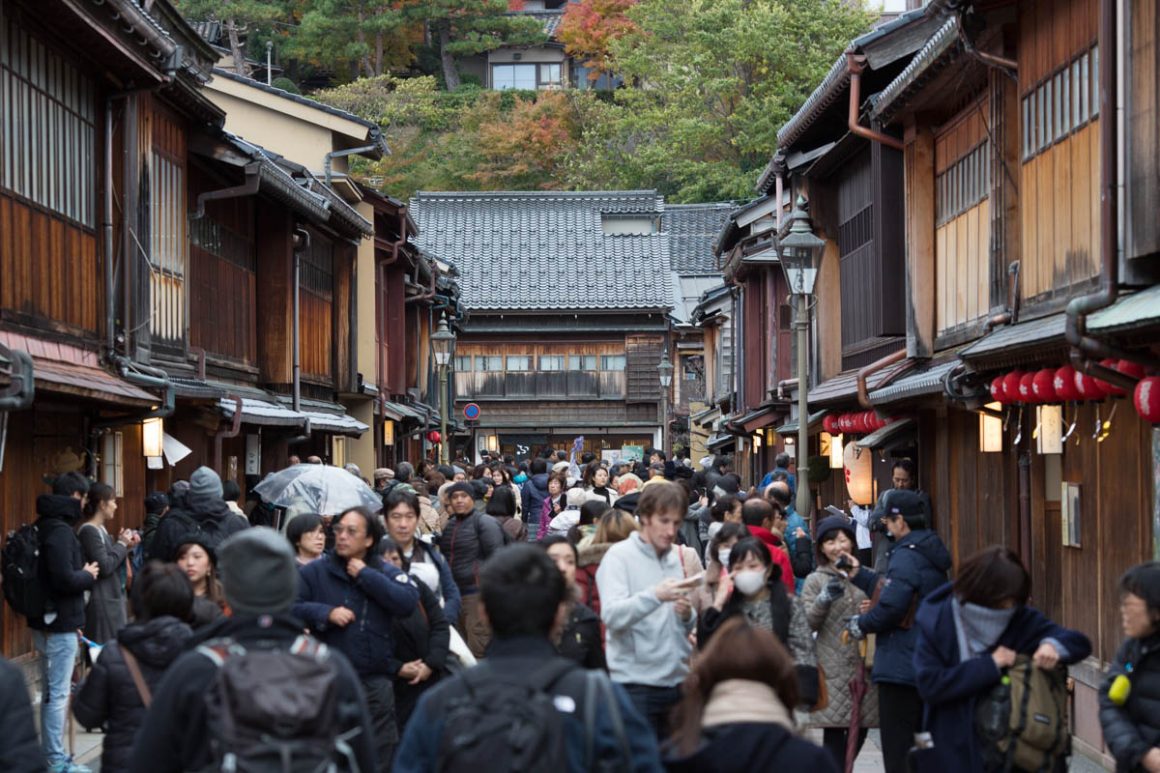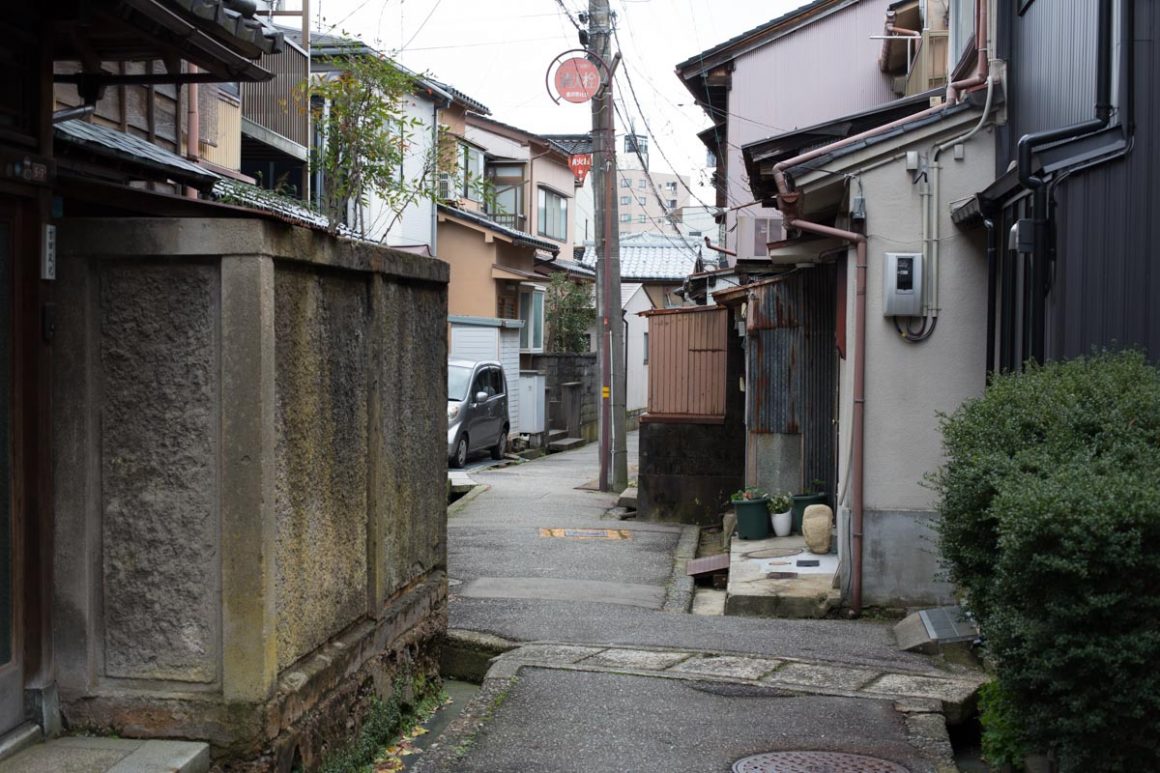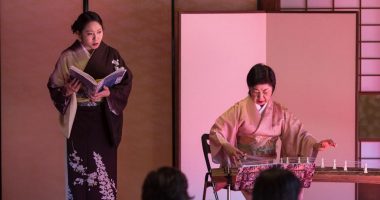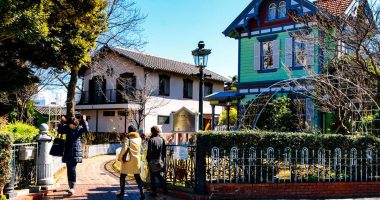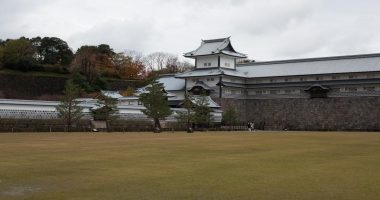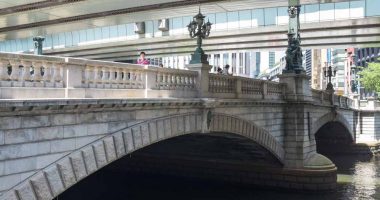Although “chaya” (茶屋) literally means teahouse, they were actually establishments during the Edo period where guests would go to be entertained by geisha. They congregated in what are more often referred to as the “pleasure quarters” and Kanazawa has three of these chaya districts—Higashi Chayagai (ひがし茶屋街), Nishi Chayagai (にし茶屋街) and Kazuemachi (主計町)—but of these Higashi Chayagai is the largest and the most popular with visiting tourists. The photograph down the main street is another iconic shot of Kanazawa, and probably the image most used in travel guide books for the city.
You May Also Like
Yamate District
Yamate was the area where foreigners lived in the years after Yokohama port opened for trade. Harbour View Park located at the top of the hill provides one of the best views of Yokohama port and also has a rose garden and Western-style cemetery. You can walk up the hill from the Motomachi shopping district to the view point at the top which looks over the Minato Mirai area.
